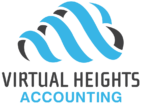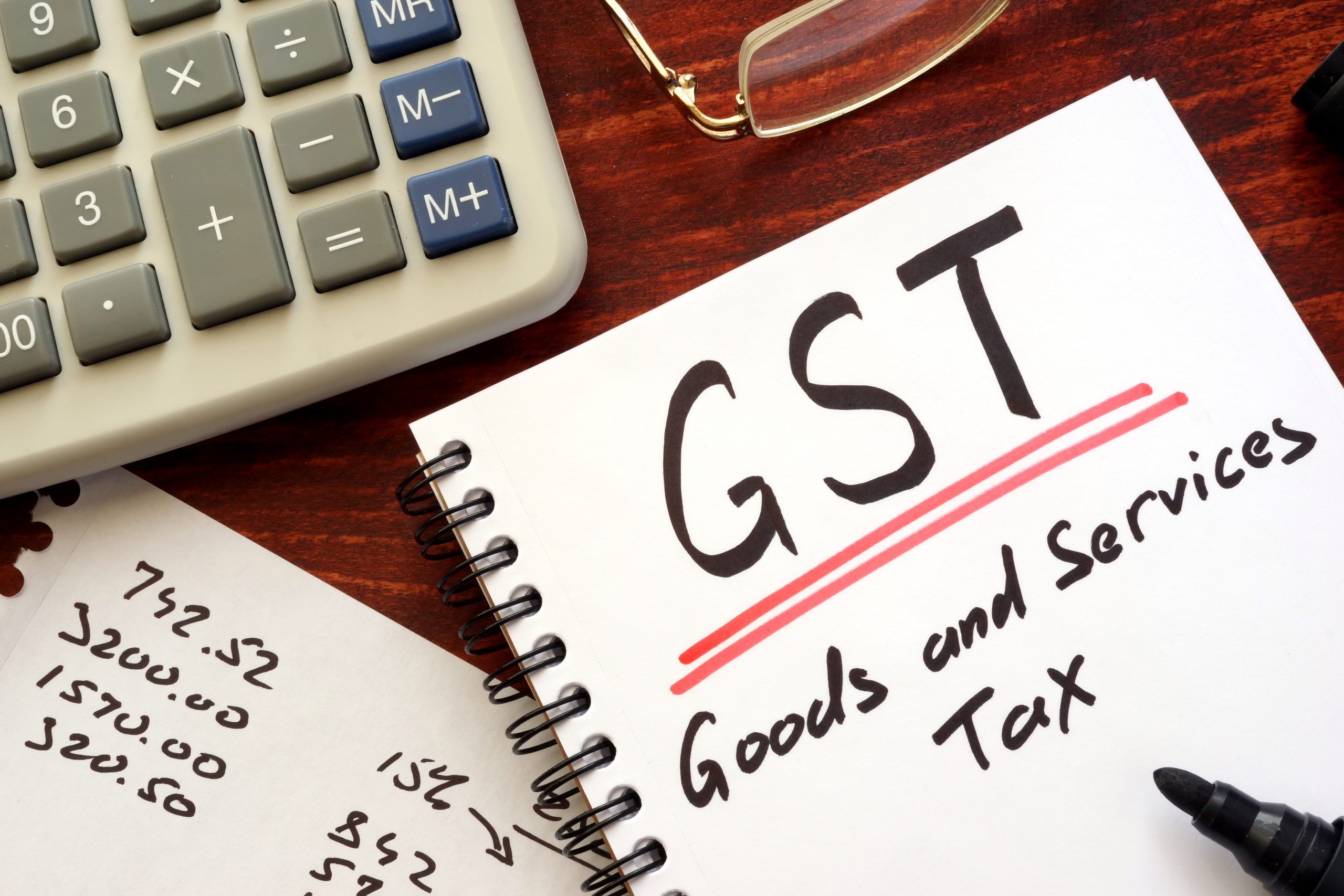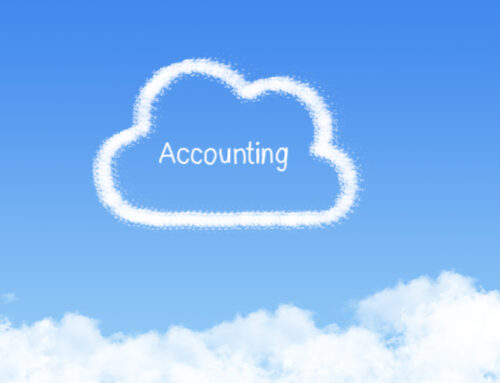Have you heard of the GST Quick Method? It’s a faster way to calculate the amount of GST or HST you owe the Canada Revenue Agency (CRA). Of course, it comes with a catch—a few, actually. You can only use this method to calculate your GST owing if you meet the CRA’s criteria.
Read on to learn more about the GST Quick Method and if it’s right for you and your business.
What is the GST Quick Method?
The CRA implemented the quick method of accounting for GST/HST to help small businesses reduce paperwork. Rather than having to report every dollar of GST collected and GST paid, if you qualify to use this method, you can multiply your revenue by the rate that applies to your situation.
When you use the quick method, nothing changes with how you charge customers GST. This is an administrative process. Not only does this method simplify your paperwork, but it also simplifies the reporting process.
Who can use this method?
There are a few conditions you must meet in order to use the quick method of accounting for GST. All of the following must apply to your situation:
- You have been in business for the full year prior to your current reporting period,
- You did not revoke an election to use the quick method or simplified method for claiming input tax credits during this time,
- Your business is not an excepted business,
- Your revenues (including those of associated businesses) are not more than $400,000 for the last four out of five fiscal quarters.
The following businesses cannot use the quick method:
- Bookkeepers, financial and tax consultants, tax preparers,
- Lawyers, accountants, actuaries,
- Financial institutions,
- Charities,
- Public institutions,
- Non-profit organizations with at least 40% government funding,
- Municipalities,
- Public colleges, schools, or universities,
- Hospital authorities, facility operators, or their external suppliers.
There are also a number of supplies not eligible for the quick method. These include:
- Zero-rated supplies,
- Supplies made outside Canada,
- Certain supplies to First Nations,
- Sales of real property,
- Sales of capital assets,
- Supplies you made as an agent or auctioneer.
How does it work?
In order to take advantage of the GST Quick Method, you must first make an election to do so by completing Form GST74. You can also complete the form in your My Business Account or have your account do it under Represent a Client if they are an authorized representative. (Note: If your accountant isn’t an authorized representative, they should be. This will make your life and your accountant’s a lot easier.)
Annual GST filers must file the election by the first day of their second fiscal quarter. If you file monthly or quarterly, you must file the election by the due date of the return for the reporting period in which you begin using the quick method.
Once you’ve filed the election, it remains in effect until you revoke it or your revenue exceeds $400,000. If your business type changes and you fall under the excepted businesses you will no longer be able to use the quick method.
Why should you use the GST Quick Method?
Once you’ve elected to use the GST Quick Method, you can start using it on the first day of the reporting period you indicated in the election. To calculate how much GST you owe, you will need to determine your remittance rate. The CRA assigns rates based on whether you sell services or goods and which province you are located in.
See this CRA document for a list of rates. Once you know the rate that applies to you, simply multiply that by your revenue (including GST/HST) for the remittance period. The CRA allows a 1% credit on the first $30,000 of revenue if your election to use the quick method was in effect at the beginning of the fiscal year.
Won’t you miss out on claiming GST paid on large purchases?
The good news is, no, you won’t! Under the quick method, you can still claim input tax credits (GST paid) on capital property such as vehicles, computers, and buildings used in your business. Based on the above criteria and restrictions, it may seem like the quick method isn’t that simple. Once you or your accountant determines if you qualify, it could save you a lot of time reporting your GST.
We recommend consulting with your accountant to determine if using the quick method of accounting for GST is appropriate for your business. If you’re not sure you qualify to use this method or you’d like some help calculating your regular GST remittance, get in touch to learn how we can help.





